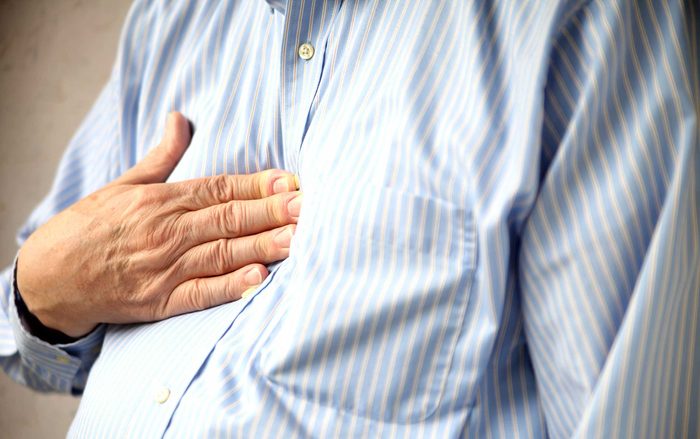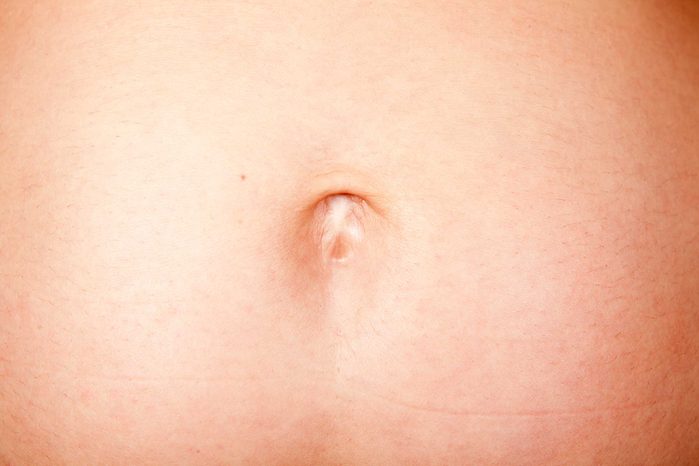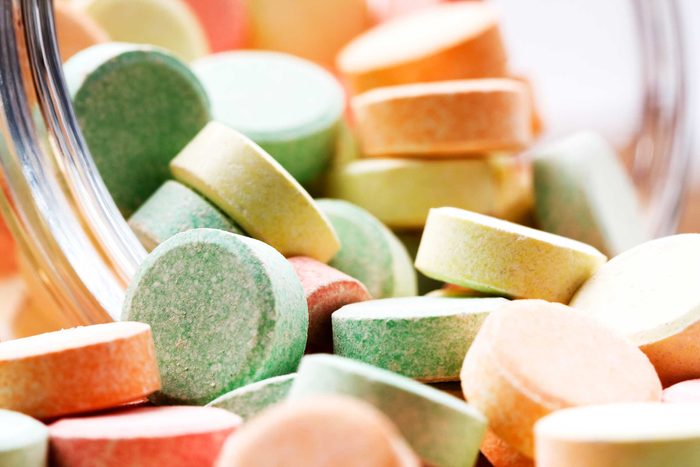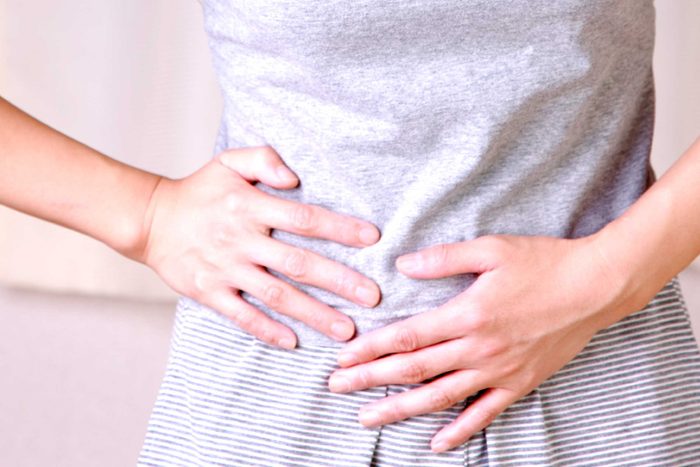IBS: Cramping in the lower abdomen
If ongoing stomach pain is also accompanied by bloating, gassiness, and a change in bowel habits— either constipation or diarrhea—it could be irritable bowel syndrome (IBS). “IBS is probably one of the most common gastrointestinal disorders that a gastroenterologist sees,” says Lawrence J. Brandt, MD, a gastroenterologist at Montefiore Medical Center in Bronx, NY. IBS affects about 12 percent of the U.S. population (mostly women). Though the cause is unknown, problems in brain-gut communication may contribute to IBS. The condition shouldn’t cause weight loss or rectal bleeding, says Dr. Brandt. If that happens, something else is going on.

IBD: Abdominal pain and cramping, along with rectal bleeding
These stomach pain symptoms often indicate inflammatory bowel disease (IBD), which includes Crohn’s disease and ulcerative colitis. These conditions have similar symptoms, which can make it difficult to diagnose which form of IBD a patient is suffering from, according to the Crohn’s & Colitis Foundation of America. Besides abdominal pain, other symptoms of IBD can include diarrhea, weight loss, having to flush multiple times to make the stool go down the toilet, kidney stones, vitamin D deficiency and electrolyte abnormalities. IBS does not cause these symptoms. There are about 1.6 million American’s who have Crohn’s or ulcerative colitis, according to the foundation. (Learn what’s different about ulcerative colitis vs. Crohn’s disease.)

Heartburn: Burning pain in the center of the abdomen
This feeling is all too common after a big, greasy meal: It’s heartburn. The keyword is “burning,” notes Dr. Brandt, and it’s typically coupled with a bitter taste in your mouth. Acid reflux is the regurgitation of partially digested liquids or foods that have mixed with stomach acid. This acidic mix makes its way into your esophagus (food tube) and throat, causing a burning sensation. Occasional heartburn is nothing to worry about, but chronic heartburn, known as acid reflux or gastroesophageal reflux disease (GERD). Heartburn affects up to 28 percent of Americans, according to research in 2014 in Gut. It can lead to chronic digestive disorders if left untreated. If the pain you are experiencing is heartburn, an over-the-counter antacid like TUMS should immediately dampen the symptoms. If it doesn’t, you may not have heartburn.

Gallstones: Discomfort around the belly button
If this stomach pain is coupled with dull pain near the shoulder and seems to act up after eating fatty meals, gallstones may be to blame. And if you’re female, older than 40, and have had children, you’re at greater risk. This is because spikes in estrogen, common during pregnancy, may cause gallstones. These tiny stones that form in the gallbladder can go undetected for years and are generally painless unless they get stuck in the cystic duct, explains Dr. Brant. Here’s what you should do if you wake up with stomach pain.

Ulcer: Dull, burning abdominal pain relieved by eating or taking antacids
These are the hallmark signs of a peptic ulcer, along with bloating, burping, poor appetite, and weight loss. Peptic ulcers are sores on the lining of your stomach or top of your small intestine. And despite what you’ve likely heard, they’re not caused by stress. Instead, you can blame one of two major culprits: Helicobacter pylori (or H. pylori), a bacterium that damages the mucous coating of the stomach, or the overuse of non-steroidal anti-inflammatory drugs (NSAIDs) like aspirin and ibuprofen. A routine blood test can detect whether the bacterium is present. Look out for common ulcer symptoms that indicate you should see a doctor right away.

Diverticulitis: Sudden pain in the lower-left area of your abdomen
If this stomach pain strikes, along with gas, it may signal diverticulitis, which is an inflammation of small pouches in your large intestine called diverticula. It’s a pretty common GI disorder among older adults and is usually caused by a low-fiber diet. About half of the U.S. population over age 60 have it. Most don’t have symptoms, but if you do, these include abdominal pain on the left side, fever, cramping, and constipation, says MedlinePlus. These are the signs your upper abdominal pain might be an emergency.

Appendicitis: Sharp pain in the lower-right side of the abdomen
This kind of stomach pain could spell appendicitis, especially if you have a low-grade fever, constipation or diarrhea, nausea, and vomiting, per Mayo Clinic. If you have appendicitis, the pain will likely increase whenever you move around or take deep breaths, cough, or sneeze. Appendicitis happens when the appendix becomes inflamed and filled with pus, often from an infection. Treatment usually requires surgery before the appendix ruptures. Next, check out the secrets your pain doctor won’t tell you.
